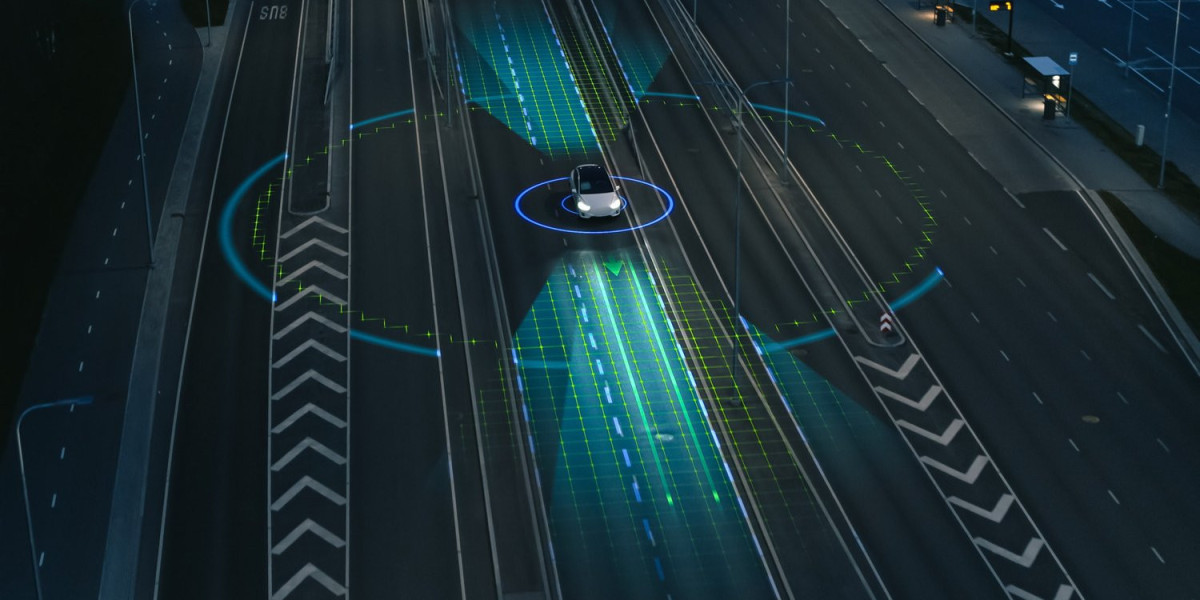Modern vehicles rely heavily on advanced driver assistance systems to make driving safer, more efficient, and more reliable. These technologies depend on cameras, radar, lidar, and other sensors placed throughout the car. When any repair, replacement, or accident impacts the positioning of these sensors, precise and professional ADAS sensor calibration becomes essential. Without proper alignment, features such as lane keep assist, forward collision warning, blind spot monitoring, and adaptive cruise control may fail to work correctly, putting drivers and passengers at risk.
Understanding ADAS Calibration
Calibration is the process of realigning or reprogramming sensors so they can correctly interpret their surroundings. Even a small misalignment can cause the system to misjudge distances, fail to recognize vehicles or pedestrians, or trigger unnecessary alerts. Because these systems are designed to prevent accidents, accuracy in calibration ensures that safety features function exactly as intended.
When Calibration is Necessary
Vehicle owners should be aware that calibration is not only necessary after a major collision but also in several other situations. You may need recalibration after:
Windshield replacement that affects forward-facing cameras
Bumper, hood, or door repairs that involve sensor removal
Suspension or steering system work
Alignment adjustments or tire changes
Minor accidents that shift body panels or structural parts
In each of these cases, failing to calibrate sensors can compromise safety technology performance.
How Calibration is Performed
Professional calibration is a multi-step process guided by manufacturer standards. At Abel Diagnostic Centers, trained technicians follow strict OEM-certified protocols to ensure sensors are restored to exact specifications. The process includes:
Initial Assessment – Diagnosing fault codes, checking wheel alignment, and ensuring the vehicle is prepared.
Controlled Environment Setup – Calibrations are performed indoors on a level floor with standardized lighting to eliminate outside interference.
Static and Dynamic Calibration – Depending on the vehicle, adjustments may occur either in a workshop setting or during a road test.
Verification – Final diagnostic scans and test drives confirm proper sensor function.
This detailed approach ensures accuracy and compliance with manufacturer guidelines.
The Risks of Skipping Calibration
Ignoring the need for recalibration can have serious consequences. Safety features may not engage when required, leading to accidents that could otherwise have been avoided. False alarms may also distract drivers, creating more hazards on the road. In addition, insurance claims or legal issues could arise if improperly functioning ADAS systems are found to have contributed to a crash.
Benefits of Professional Service
Choosing a specialized calibration provider offers multiple advantages:
Restored safety system reliability
Compliance with manufacturer requirements
Reduced liability and improved insurance compliance
Increased confidence and peace of mind while driving
Higher vehicle value due to proper maintenance records
Abel Diagnostic Centers uses advanced diagnostic tools, controlled environments, and certified technicians to deliver consistent and reliable results.
Why Choose Abel Diagnostic Centers
Drivers across the USA rely on experienced calibration providers to keep their vehicles safe and compliant. Abel Diagnostic Centers stands out because of their dedication to accuracy, transparency, and customer education. From detailed reports with before-and-after documentation to strict OEM protocols, they ensure every calibration meets the highest safety standards. For professional and precise ADAS sensor calibration services you can trust, turn to Abel Diagnostic Centers.
Would you like me to make this second blog different in style (like a Q&A, step-by-step guide, or case study format), so you have variation for posting, or keep it in a similar structure to the first one?








